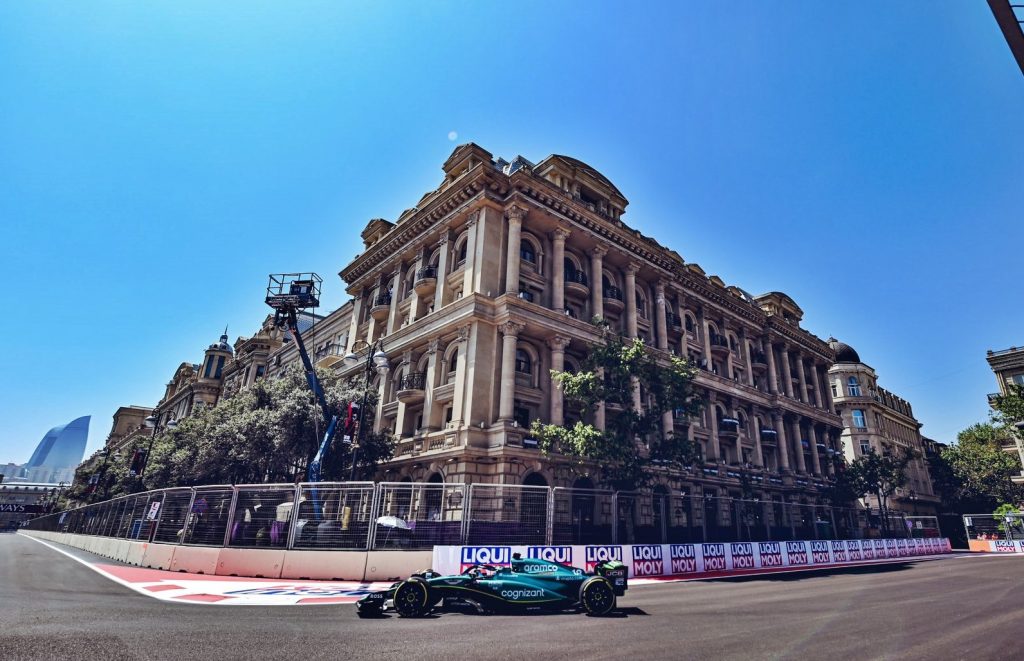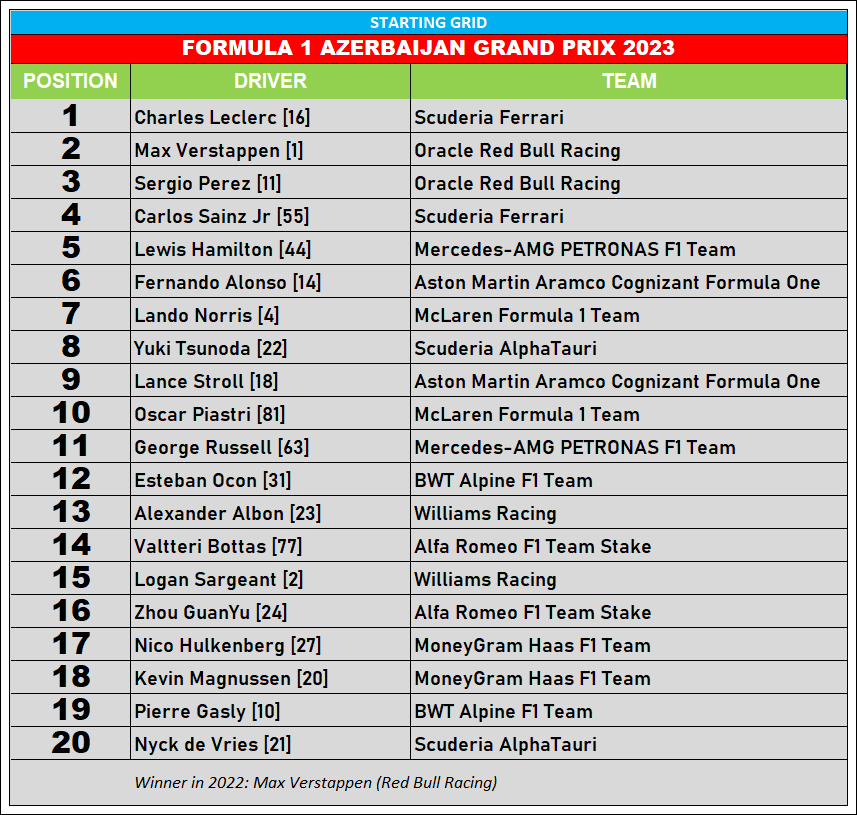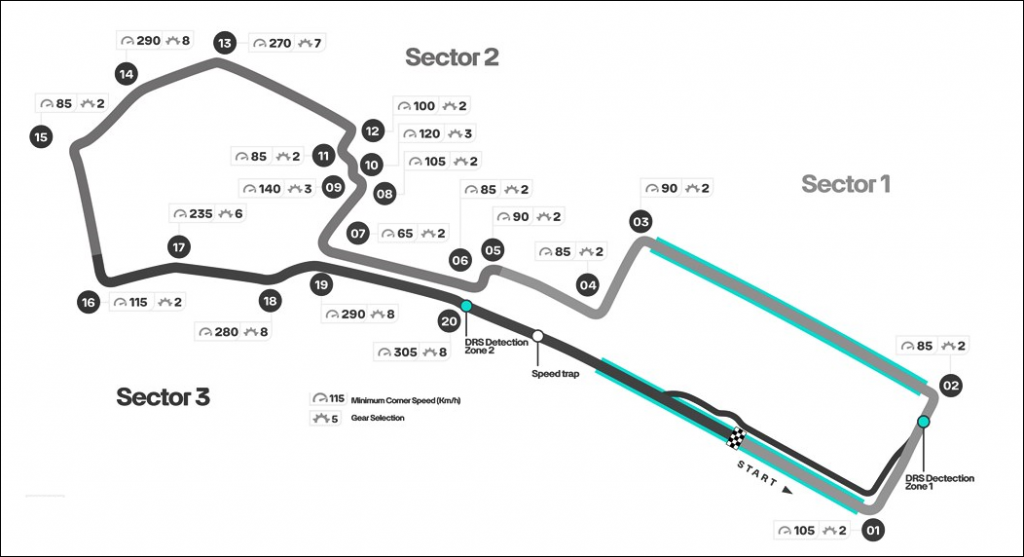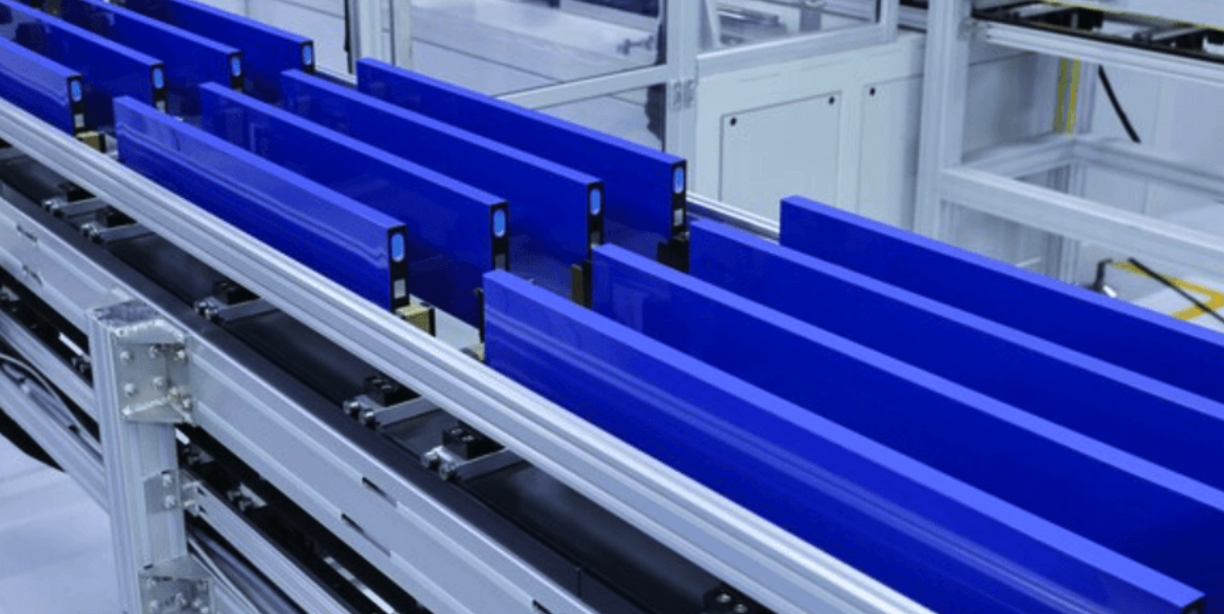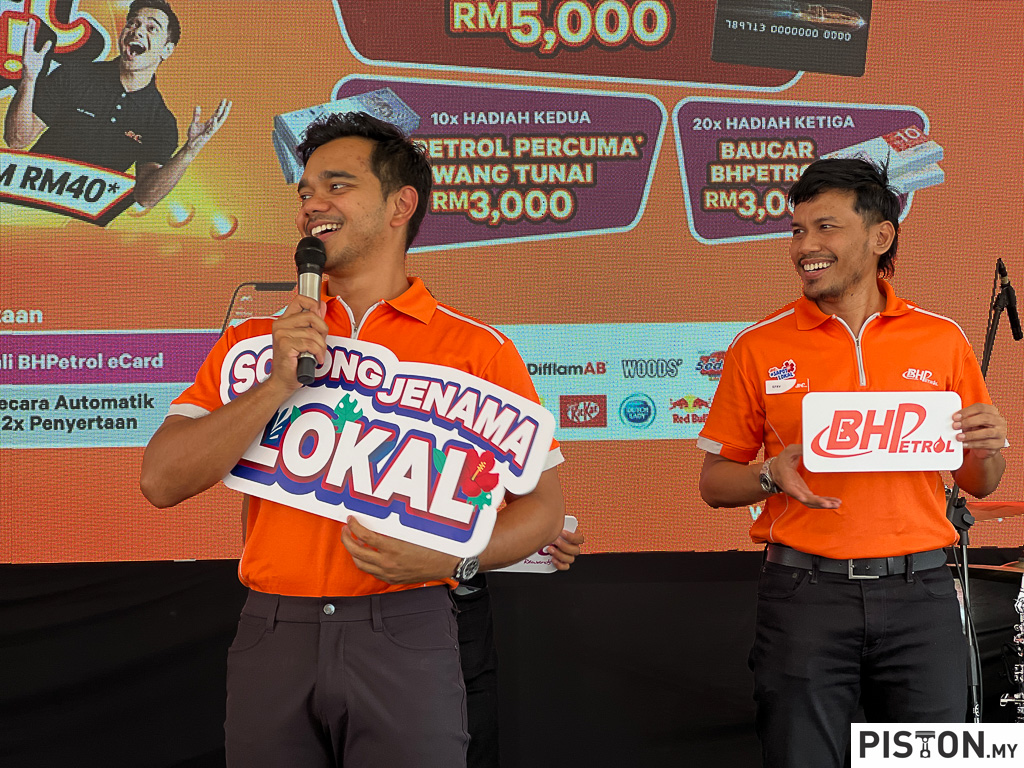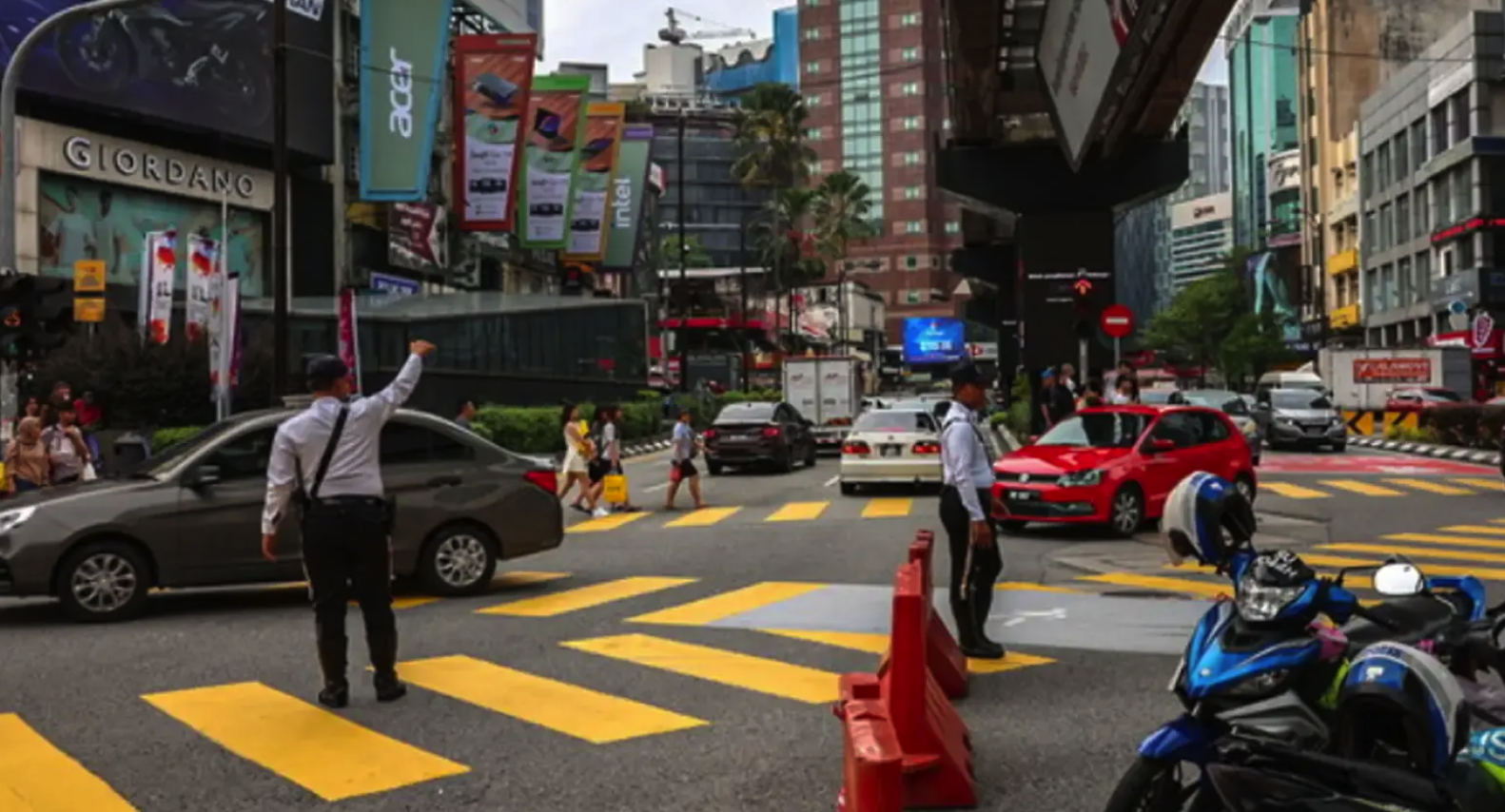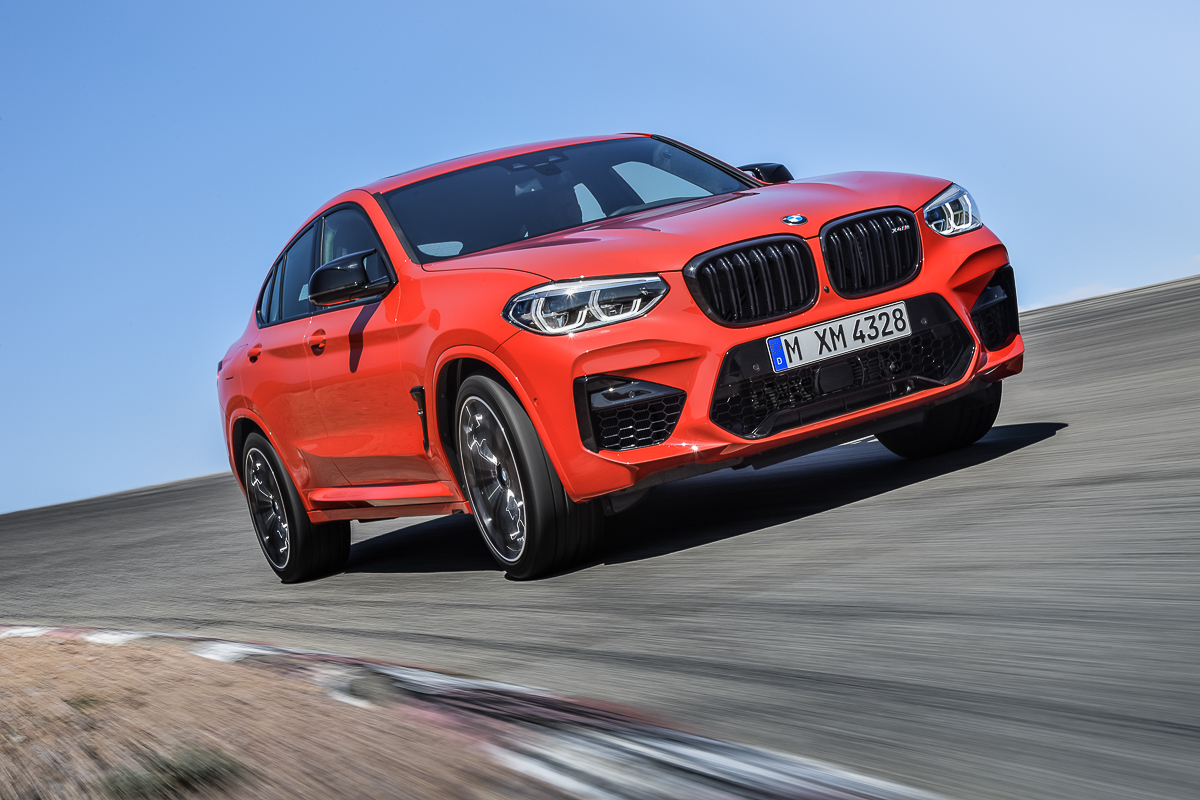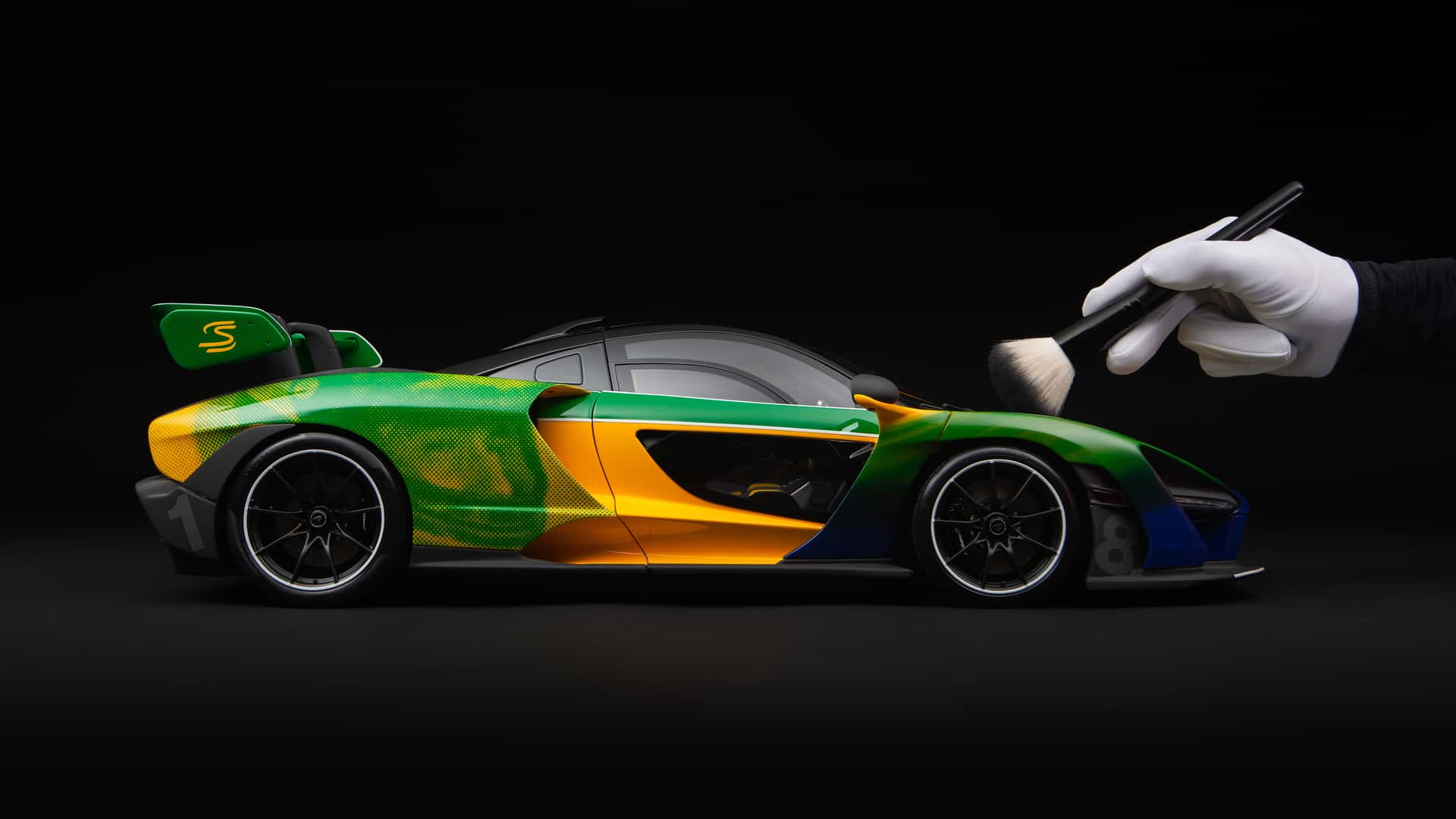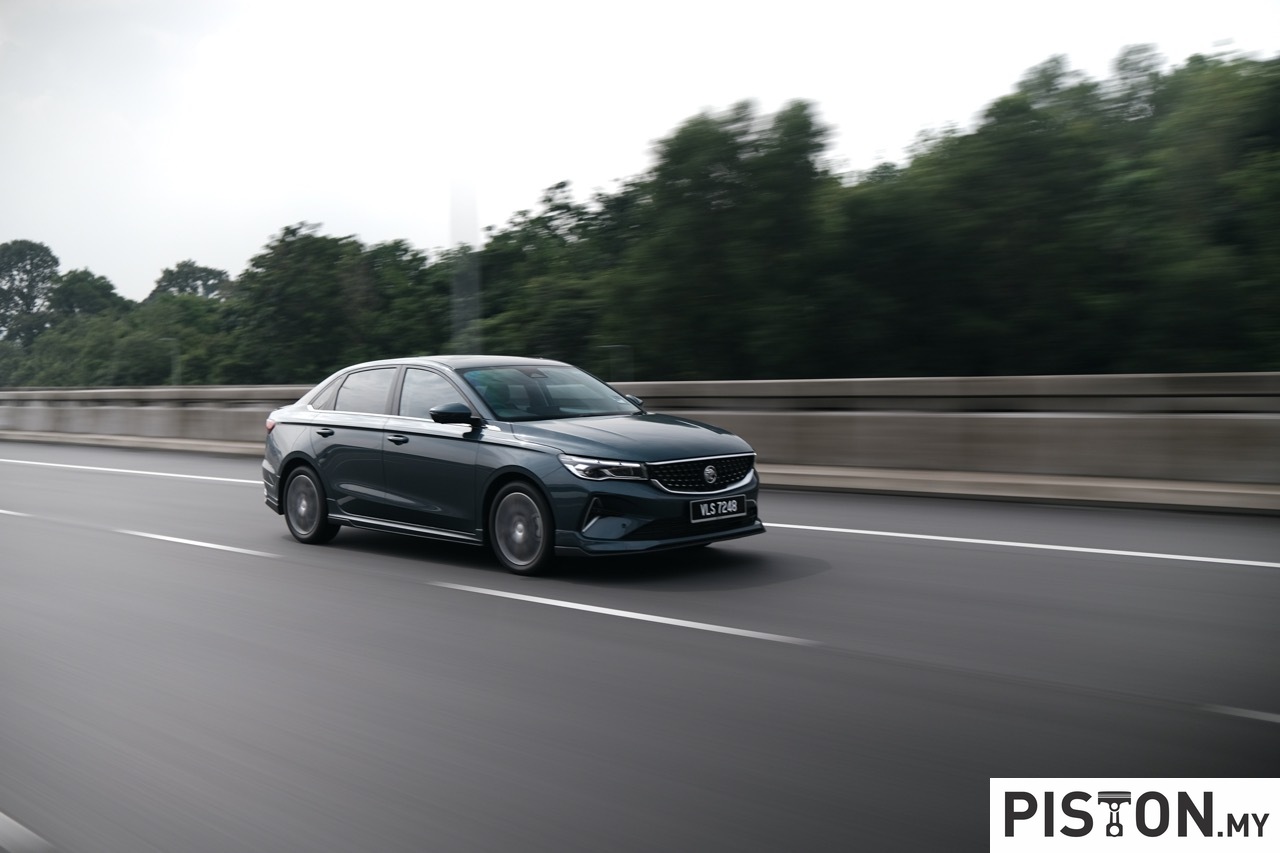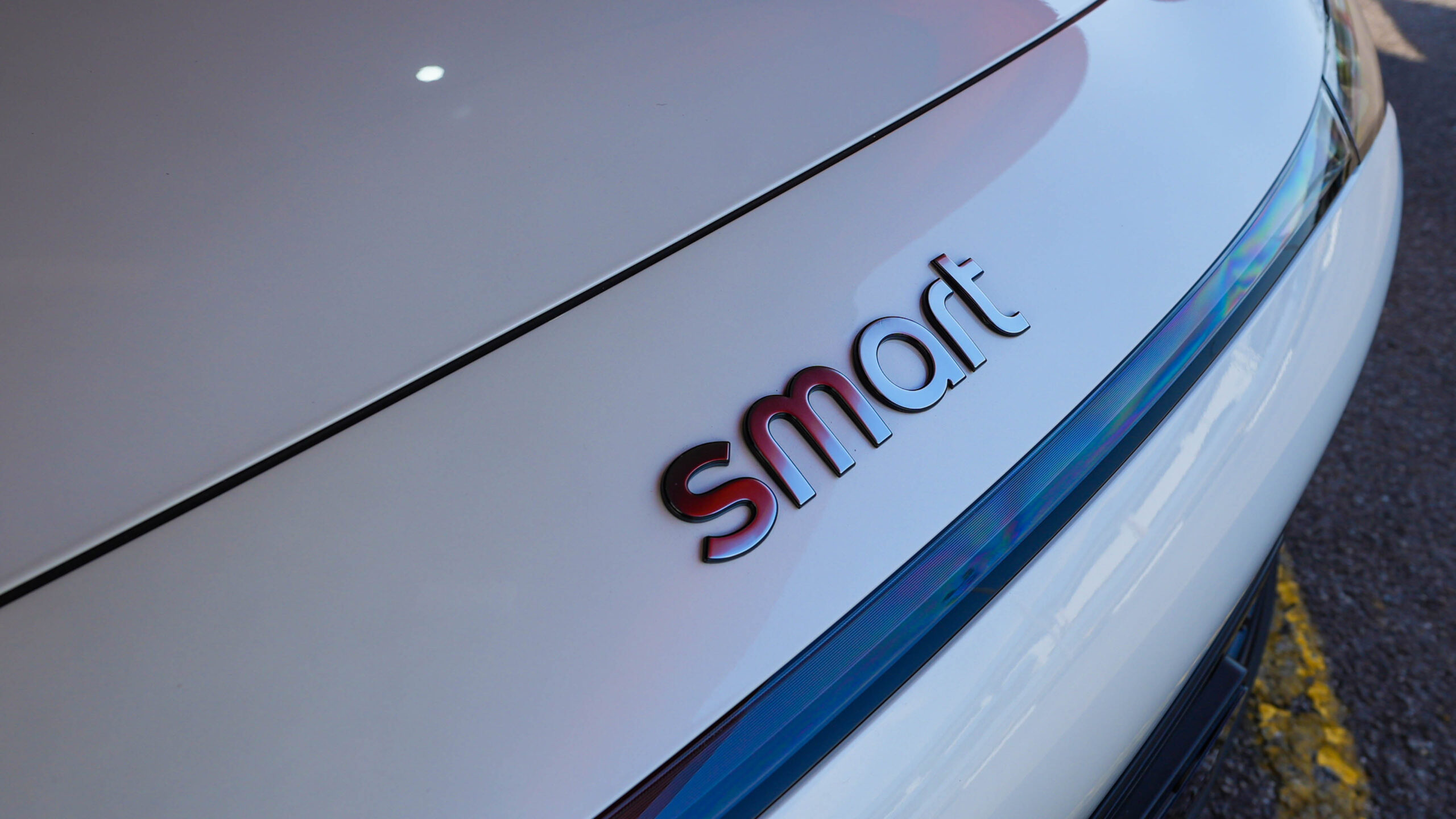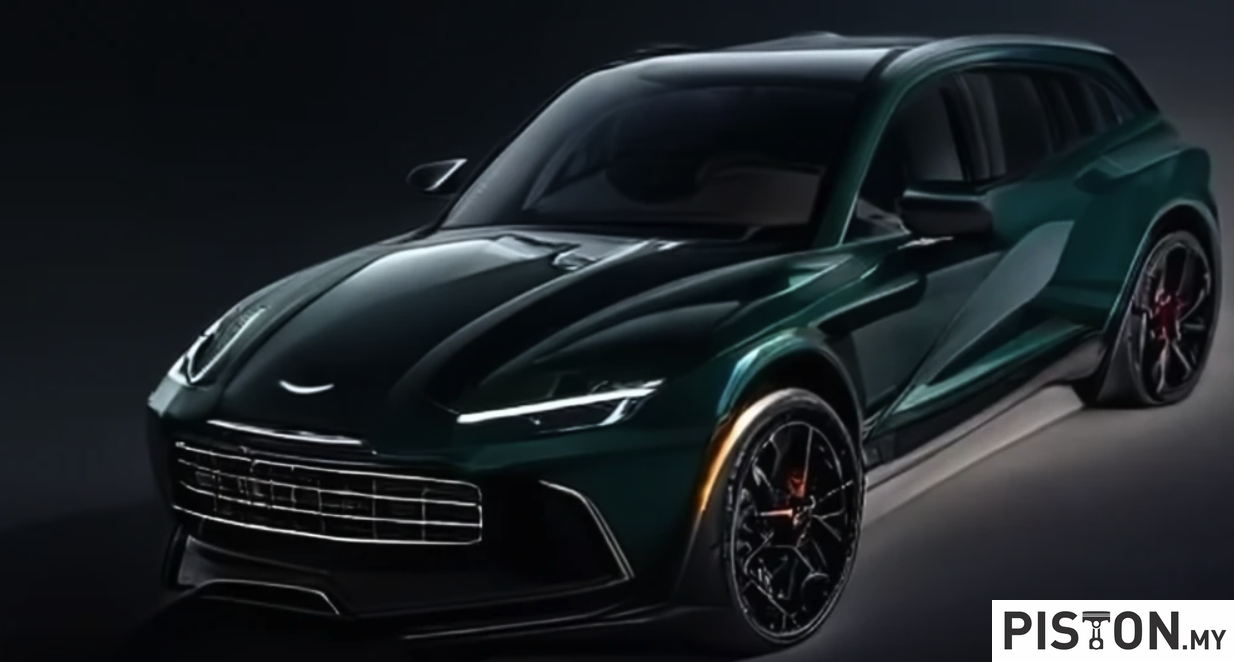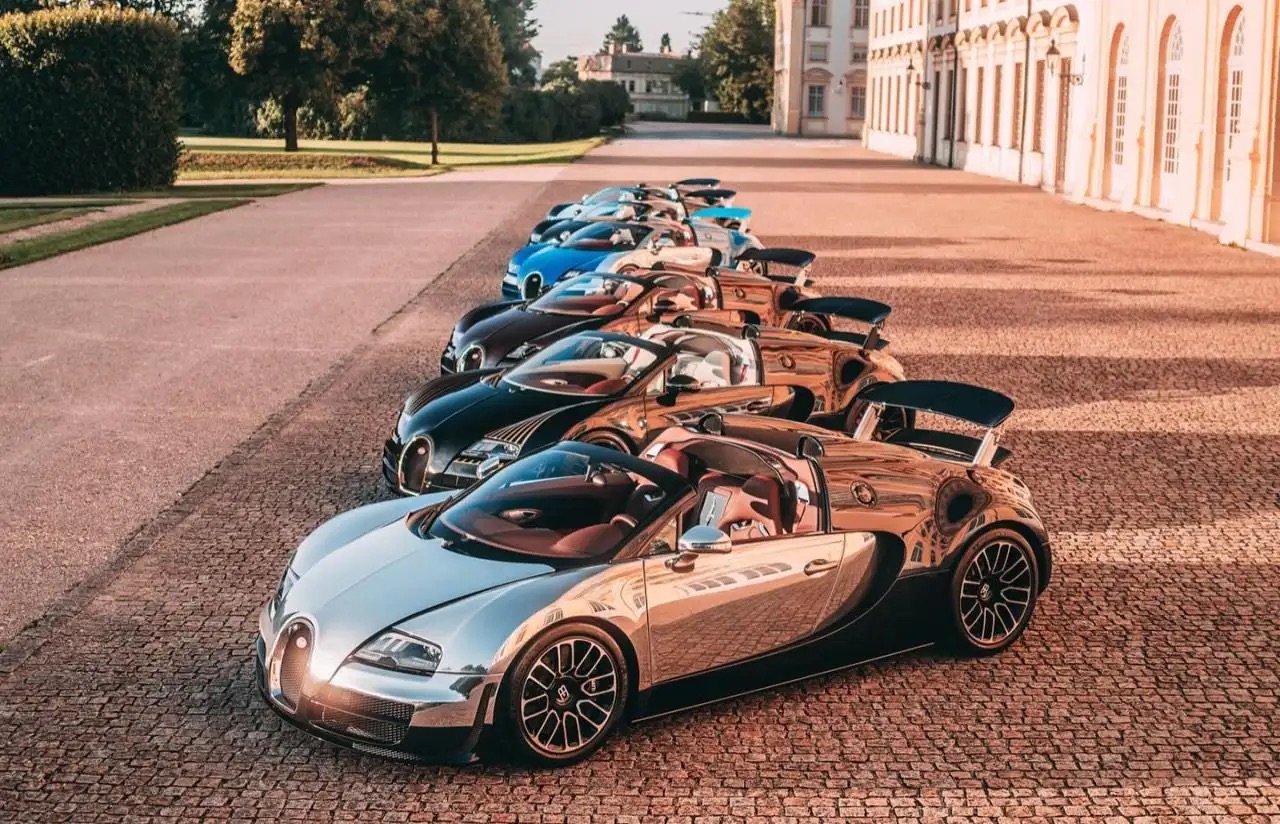Following a 4-week break, the 2023 Formula 1 World Championship returns for the fourth round in at the Baku City Circuit in Azerbaijan. This is the seventh time that Azerbaijan is having a F1 round since the first one in 2016, which was actually the European Grand Prix. The 2020 round had to be cancelled due to the COVID-19 pandemic.
This weekend’s racing will also see the first of six Sprint races for 2023, as well as mark the debut of a new standalone Sprint format, including a Sprint Shootout qualifying session. The objective of this new format is to separate the Sprint and the GP more distinctively, increasing the level of intensity across the weekend and encourage the drivers to push harder.
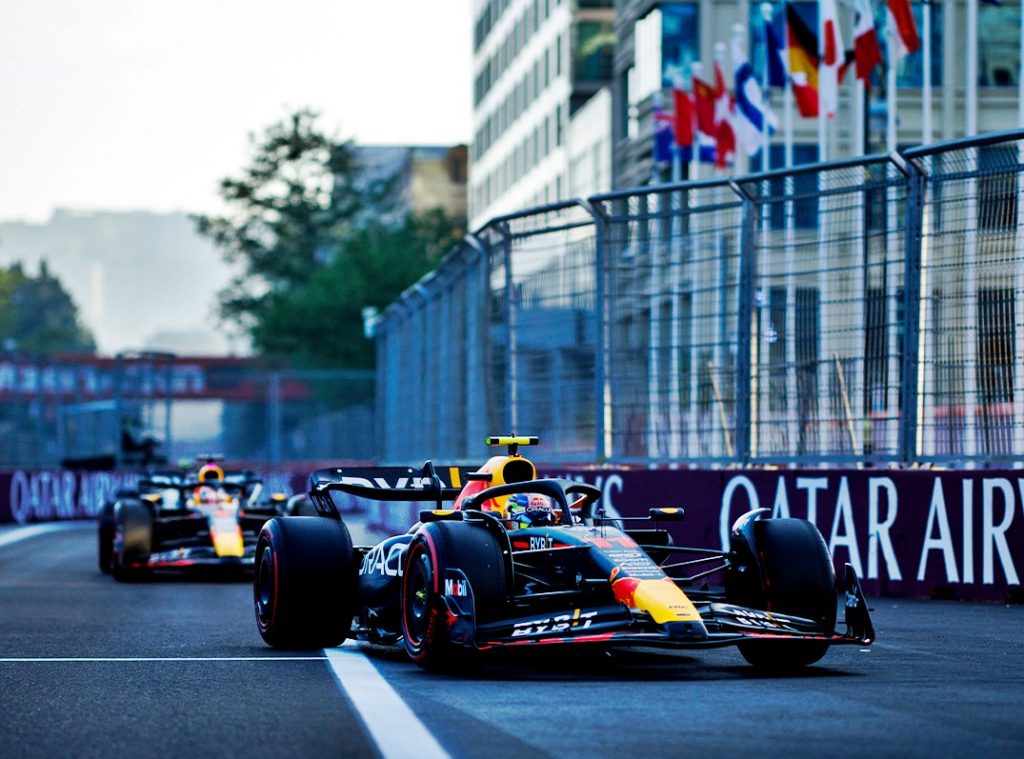
Points will still be awarded to the top 8 finishers, with 8 points going to the winner and in decreasing order to 1 point for the 8th placing. The result of the Sprint Shootout will determine the grid for the Sprint Race, which gets underway at 5:30 pm local time today. The Sprint classification doesn’t affect the grid for Sunday’s main race, which will be decided with the usual qualifying session.
Under the previous format, which began in 2021, it became clear that the second free practice did not provide enough engagement; the changes to the format will make Saturday morning more relevant. The reduction in practice time also introduces further ‘jeopardy’ for the teams in the new Sprint Shootout as they will have less understanding of tyres and set-up.
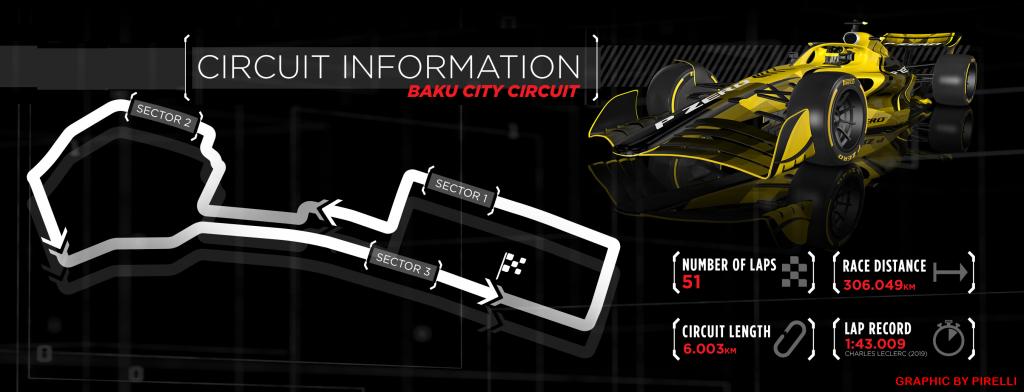
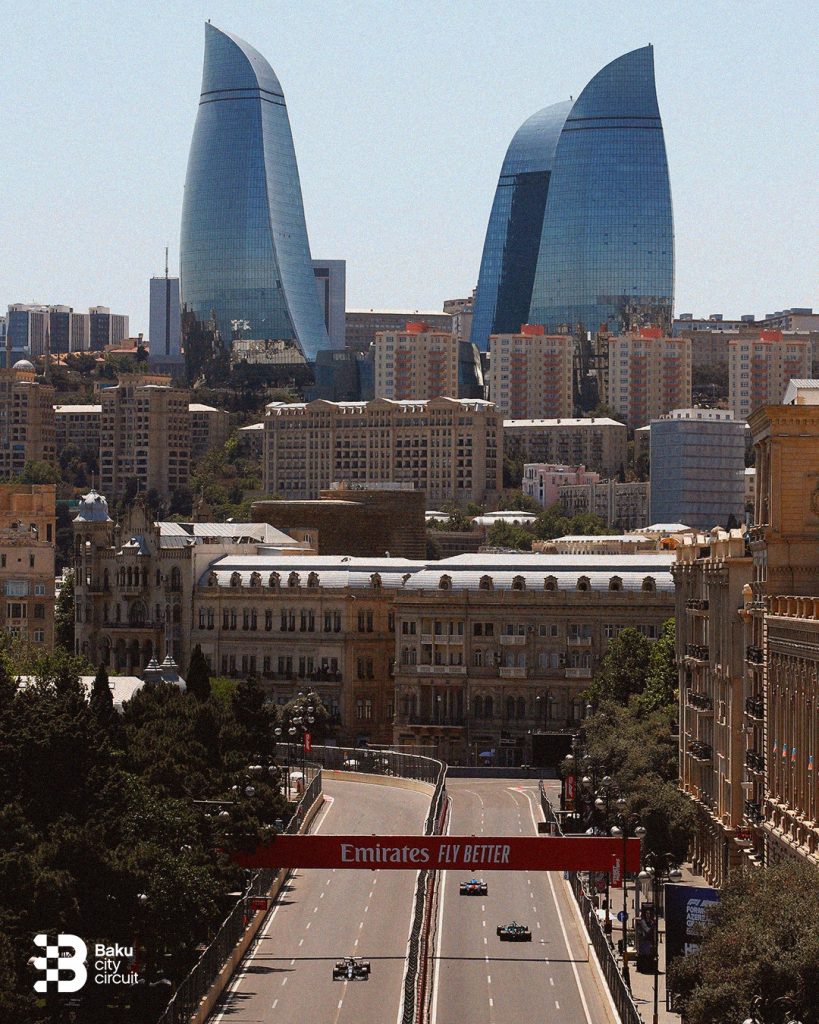
The Baku Street Circuit, which winds around the historic city and past high walls, is one of the most challenging tracks for F1 drivers. The majority of a 6.003-km lap adheres to the normal demands of a street circuit with tight corners and limited grip on a less-than-perfect surface.
The track has, however, been completely resurfaced, according to the race organizers. The latest asphalt roughness, which is usually minimal and not especially abrasive for the tyres, is another unknown factor that will only be established during free practice.

“Baku presents a unique set of characteristics with a very slow section that’s typical of a street circuit, as well as other parts of the track that are very fast. This year, the Sprint Shootout makes its debut on Saturday morning to determine the grid for the Sprint Race in the afternoon, with drivers obliged to use one set of mediums for each of the first two Shootout sessions, then a set of soft for the final session. This presents an extra challenge for the teams and also for Pirelli as there will be less long run data available, but we’re confident that it provides an opportunity to add to the spectacular show of a Formula 1 grand prix weekend,” said Mario Isola, Director of Motorsports at Pirelli, the tyre-supplier for F1.
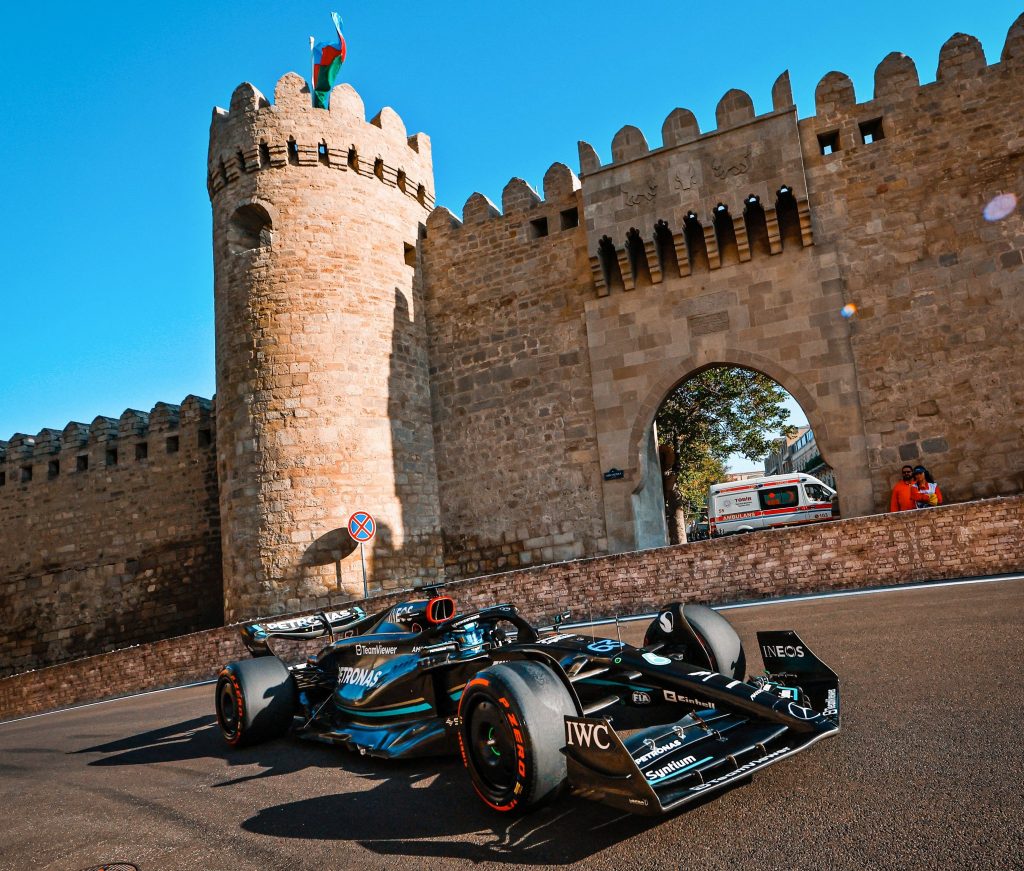
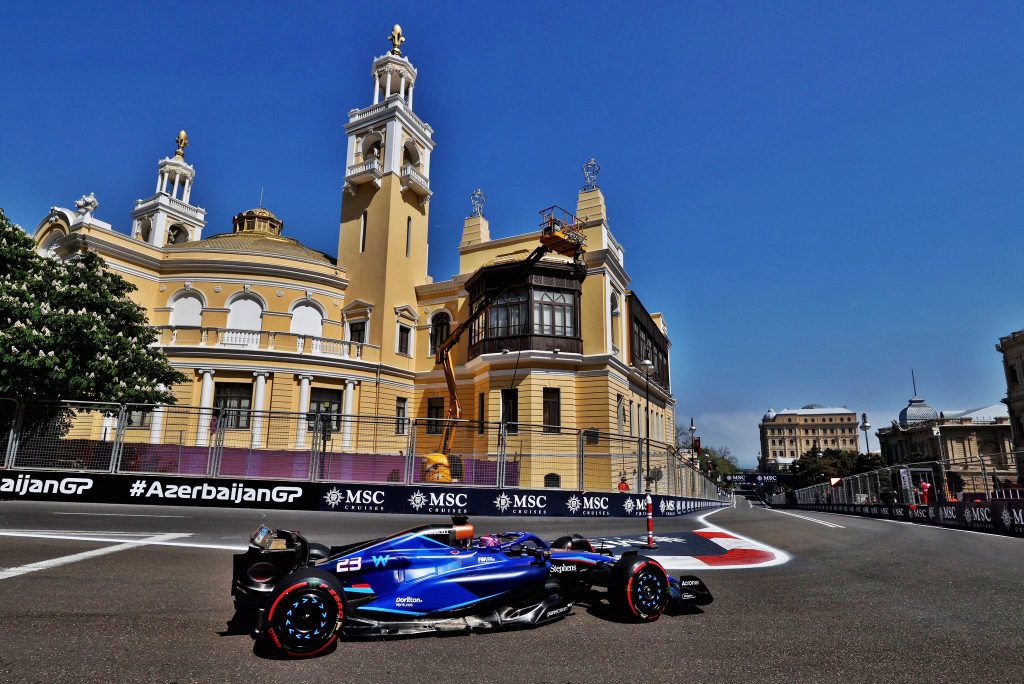
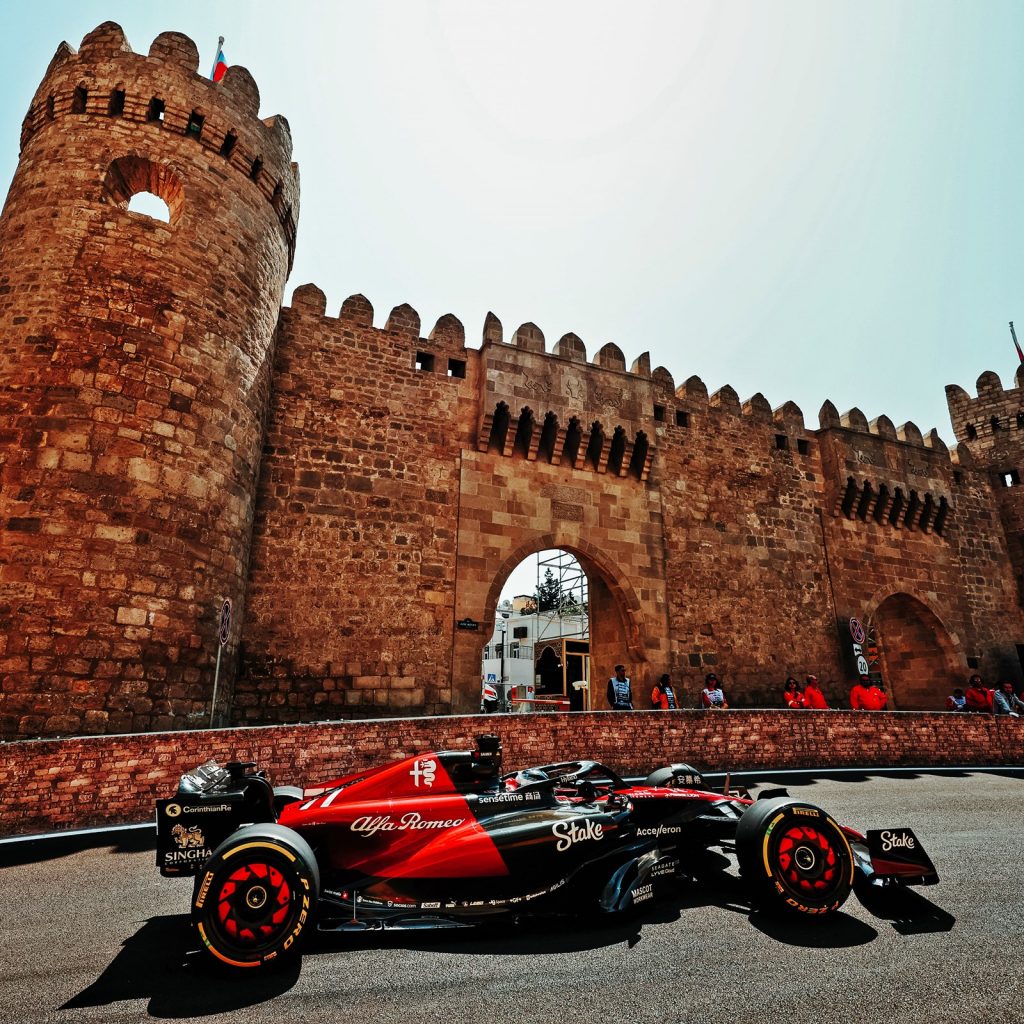
“We’re bringing the three softest compounds in the 2023 range, which are well suited to this venue. One of the most crucial aspects to the weekend will be not only finding the right compromise in terms of setup, but also balancing the tyre management. The tyres on the front axle need to be warm enough to guarantee optimal grip – despite the long straights cooling them down – but it’s equally important not to overheat the rears in the traction phase. So the key is to balance the temperatures successfully between front and rear, because there’s a big risk of lock-ups and the walls in Azerbaijan take no prisoners, as we’ve seen in previous races here,” he explained.
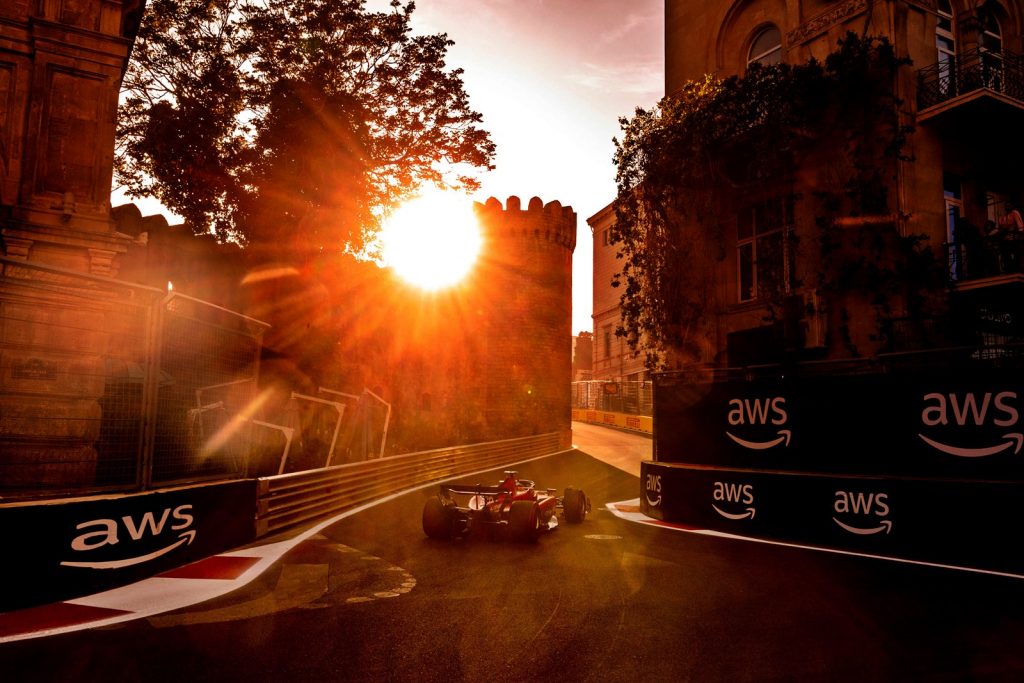
With its 20 corners, the circuit is classified as a very demanding circuit on the brakes, according to Brembo. This is the only track n F1 where the drivers have to use their brakes on all 8 corners after the starting line. All 4 of the first turns are also 90-degree ones and are therefore very demanding on the brakes.
On Turn 3, the cars reduce their speed by a massive 210 km/h, dropping from 315 km/h to 105 km/h. To do this, the drivers are exposed to 4.8g of deceleration for 2.18 seconds during which time the cars cover a distance of 106 metres.
